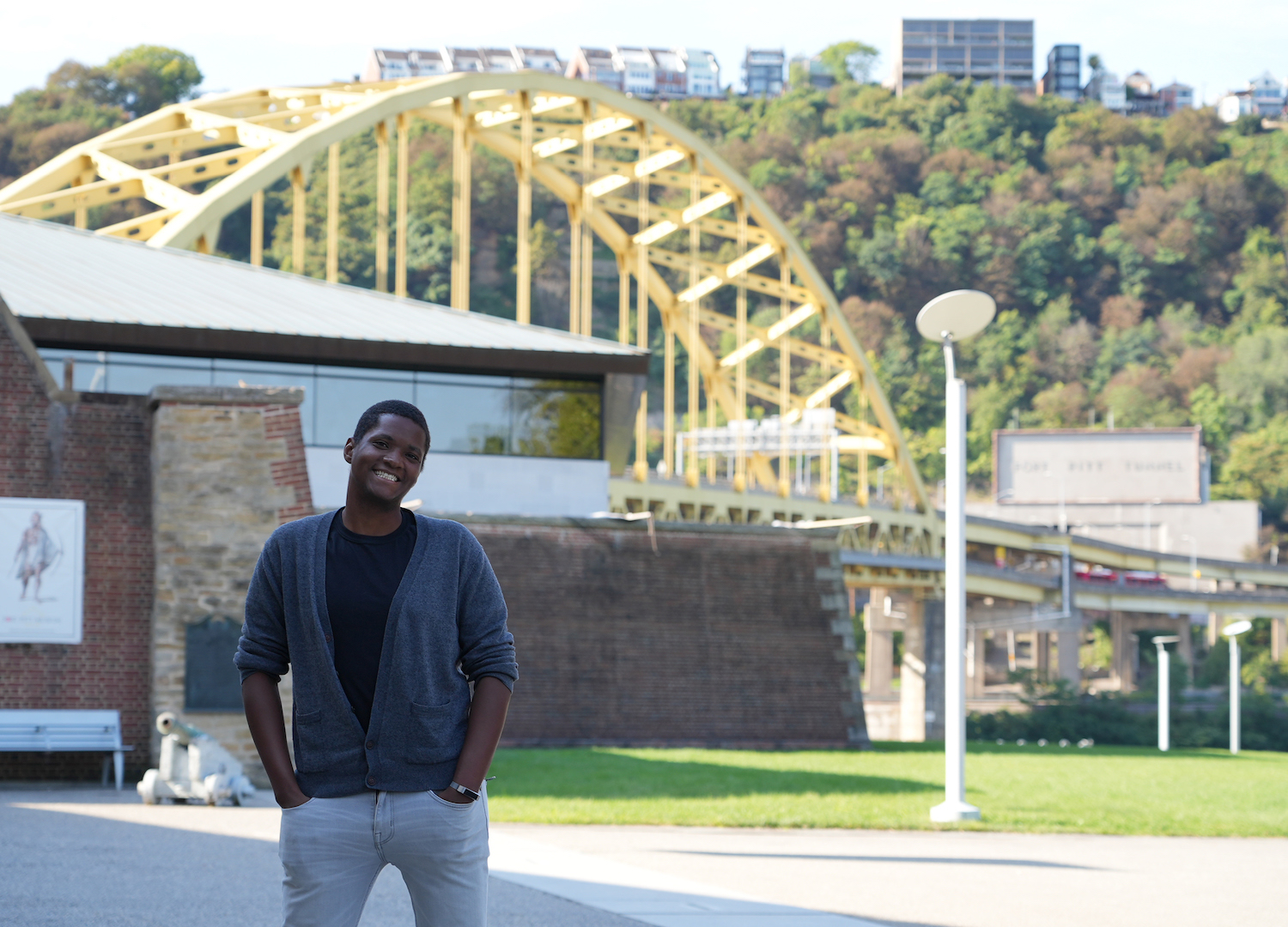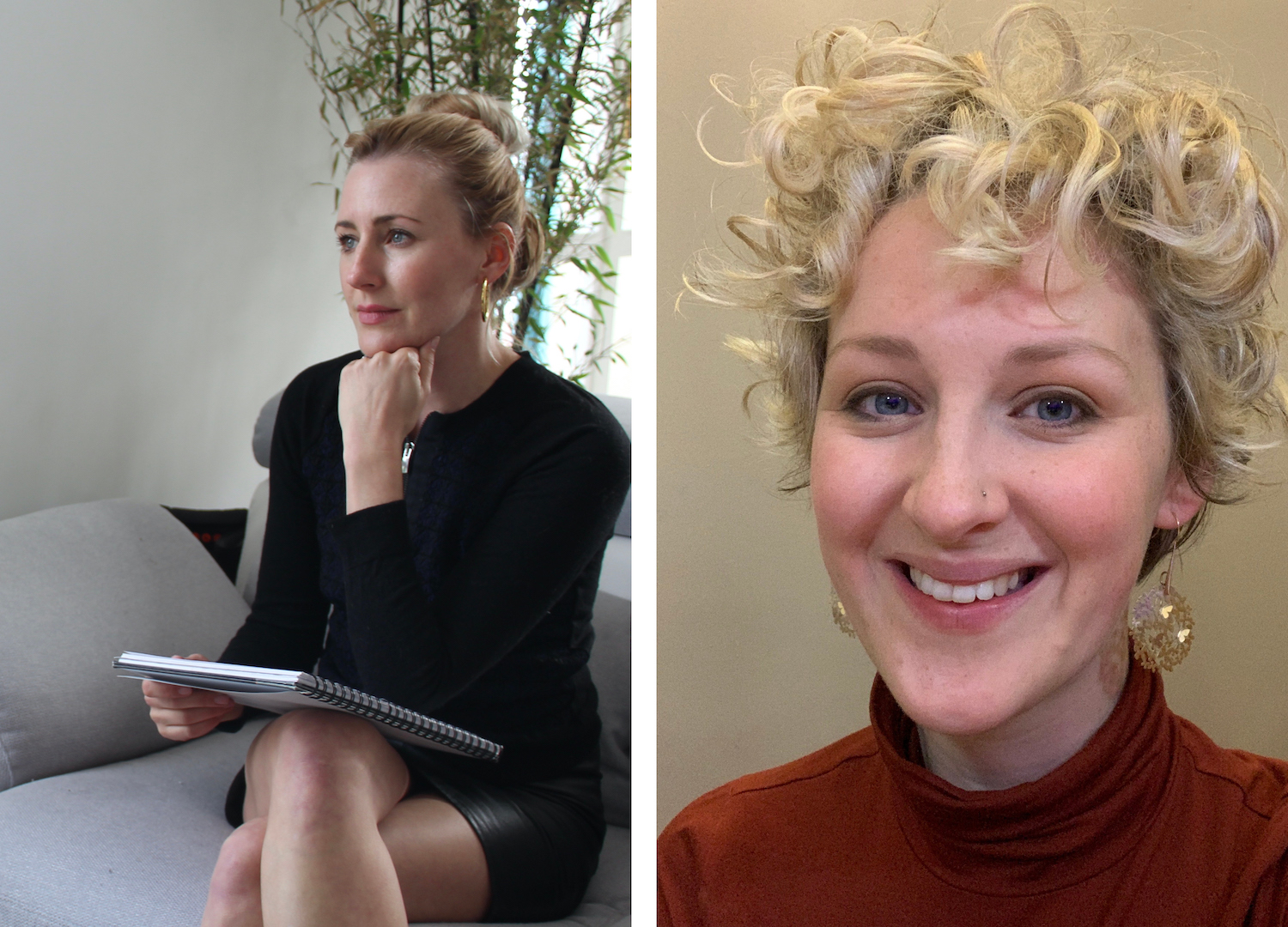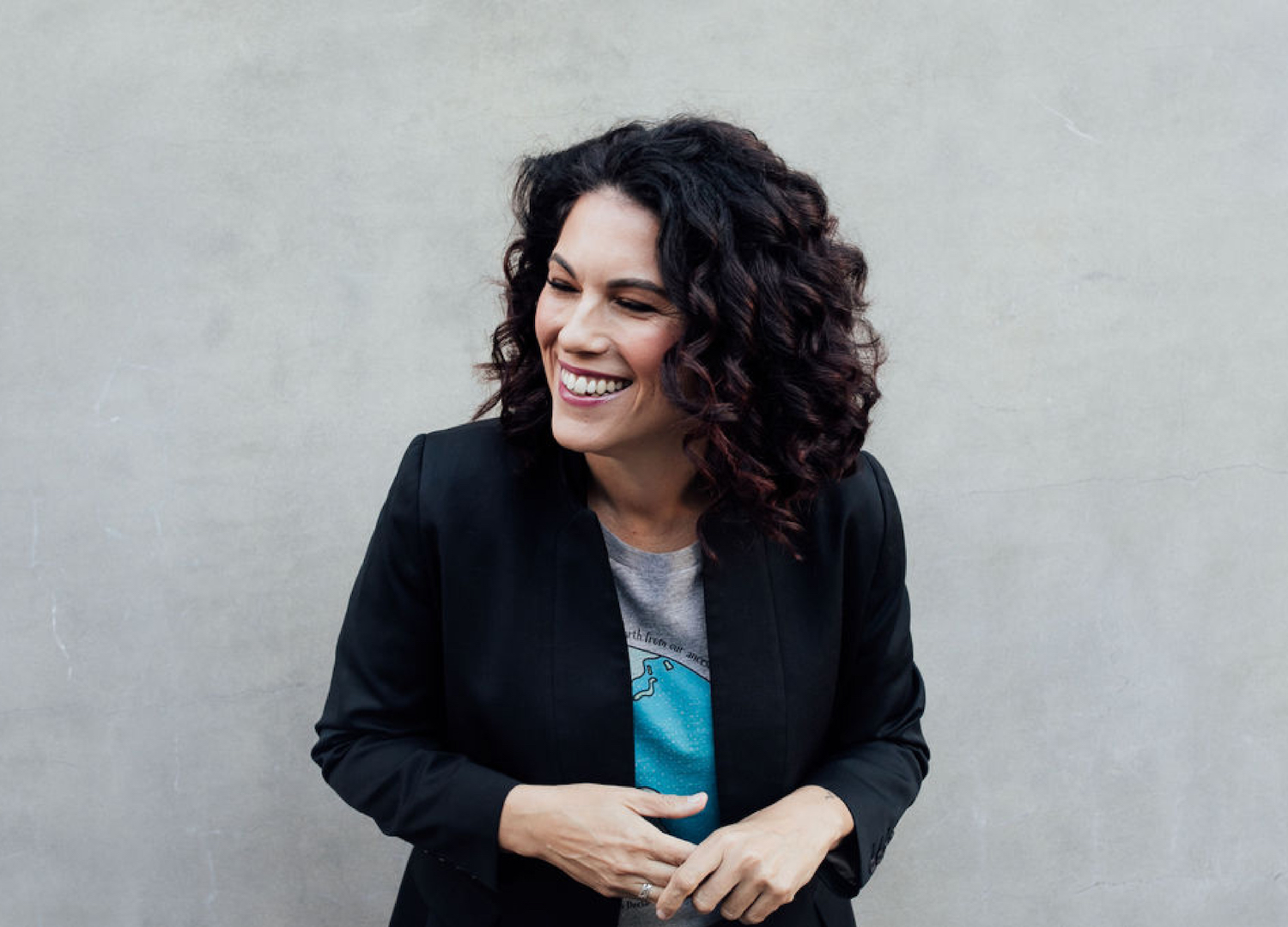
“I Can Be a Change Agent” – Cultivating Active Hope in a Changing Climate
words SALLY GIBLIN
In a wash of green and teal, there’s no doubt that the 2022 federal election saw the planet on the ballot more than ever before. But it doesn’t mean that we can now take our foot off the gas, metaphorically speaking. Co-founder of Be The Future and co-host of the podcast Hope. Act. Thrive., Sally Giblin explores how to approach the climate movement with active hope, optimism and action.
I could feel the fear bubbling up in my chest. I was stuck in a climate headline spiral. Jumping from hellish extreme weather events, to youth climate anxiety caused by lack of government action, to climate scientists telling us, “It’s now or never,” to evade climate disaster.
I just wanted to crawl under my doona. Have you ever had moments like this? Where the fear, anger and despair bubble over?
If you have, it’s completely understandable. But, you know what? There’s a different path we can choose. A path where we focus our minds, our energy and our time on creating the future we desire.
Imagine a future where we have greater wellbeing, greener cities and cleaner air to breathe. Imagine a future with enriching jobs, thriving wildlife and oceans teeming with life. Imagine a future where people and nature thrive.
We need to cultivate active hope to create this future. ‘Active hope’ is a term coined by Joanna Macy and Chris Johnstone in their book Active Hope: How to Face the Mess We’re in with Unexpected Resilience and Creative Power. It’s where we become “active participants in bringing about what we hope for”, rather than giving in to climate doom, gloom and paralysis.
And that’s the key. Focusing on what you can do to help create a better future. But how can we build active hope in an ever-changing climate?
image MATT SCOTT
Seek out stories of climate solutions
There’s immense power in the stories we tell. “Seek out the problem-solvers,” says Matt Scott, climate storyteller at Project Drawdown, the world’s leading resource for climate solutions. “So often, the stories we are told about climate change and global warming are about how bad the problems are and not about the changemakers achieving real progress in implementing solutions.”
“To cultivate hope,” he adds, “we need to shift the narrative from one of ‘doom and gloom’ to one of collaboration, opportunity and solutions – that’s the power of effective stories.”
Realise you have agency
Realise you have agency in the climate movement and find your unique nexus of skills, need and joy. “Once we plug into what we’re good at and what we feel happy with and see that direct impact, that’s when we start to rise into that place of abundance,” says Megan Kennedy-Woodard, cofounder of Climate Psychologists.
“We’re far more powerful than we give ourselves credit for,” adds Megan Fraser, a founding member of Climate Change Coaches. “The sense of, ‘I can be a change agent. I can have influence,’ is an aha moment.”
images (L-R) MEGAN KENNEDY-WOODARD, MEGAN FRASER
Take collaborative action
“I would get involved in whatever way you can in your local community around climate,” advises Dr Rebecca Huntley, author of books including How To Talk About Climate Change in a Way That Makes a Difference. “Contact your local council or conservational council or, better still, find a way to bring up climate in the groups you already belong to,” she says. “All the anecdotal research shows action is the best way to generate hope and mitigate despair.”
Megan Kennedy-Woodard explains, “Climate action can be really positive for people in terms of increasing feelings of self efficacy, connection and community. From this action, we see ourselves succeeding and enjoying our climate work – hope is often a byproduct of this.”
Look at the achievements of humanity
Look at the achievements of humanity when faced with adversity. “I have a lot of hope when I look back at times when people thought progress wasn’t possible. Or societal transformation wasn’t possible. And then it was,” Megan Fraser says.
She points to societal transformations like emancipation, the vote for women and the civil rights movement. “When those people were in the thick of it, they had no idea what was possible,” she adds. “This isn’t the first time we’re trying to create massive systemic change. We’ve done it in the past.”
image DR REBECCA HUNTLEY
Make time for self-care
Balance your action with self care. “Look to online resources to keep hope alive and manage your mental and emotional response to climate change,” says Rebecca. Megan Kennedy-Woodard suggests “media blackouts and actively searching for positive news and solutions pertaining to the climate thus maintaining a balance”.
So, will you choose the path of active hope? Will you be part of the movement to create a future where people and nature thrive? As Nelson Mandela once said, “It always seems impossible until it’s done.” If you start with just one of these strategies to cultivate active hope, it could make all the difference for you. And collectively, all the difference for the future of our planet.





